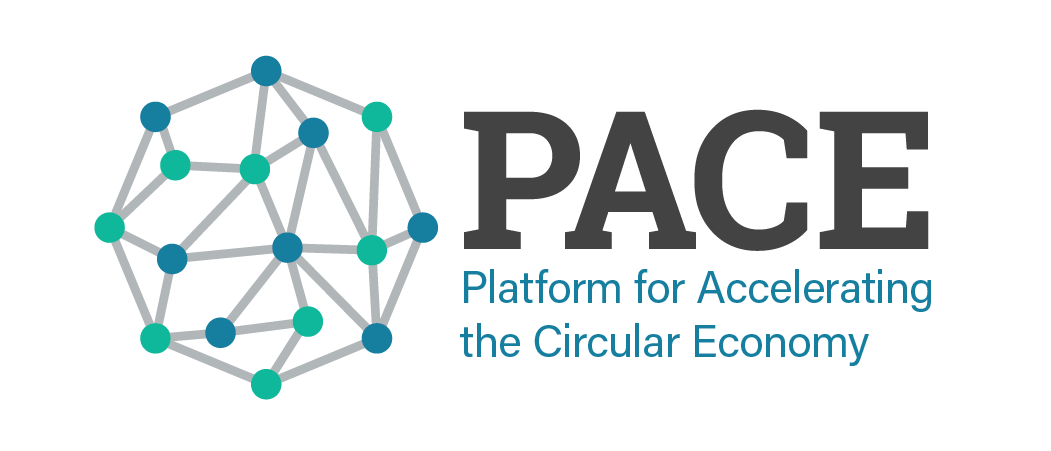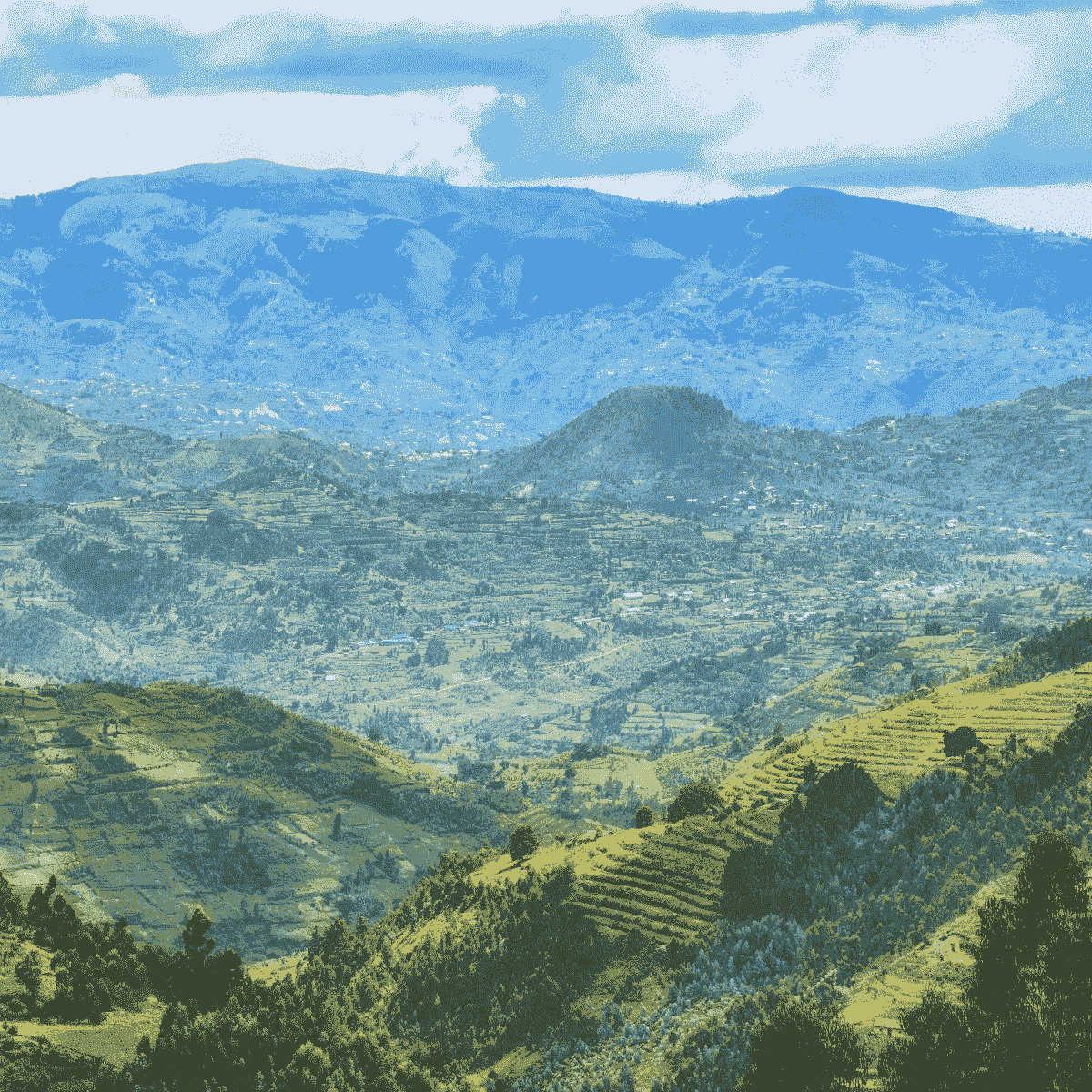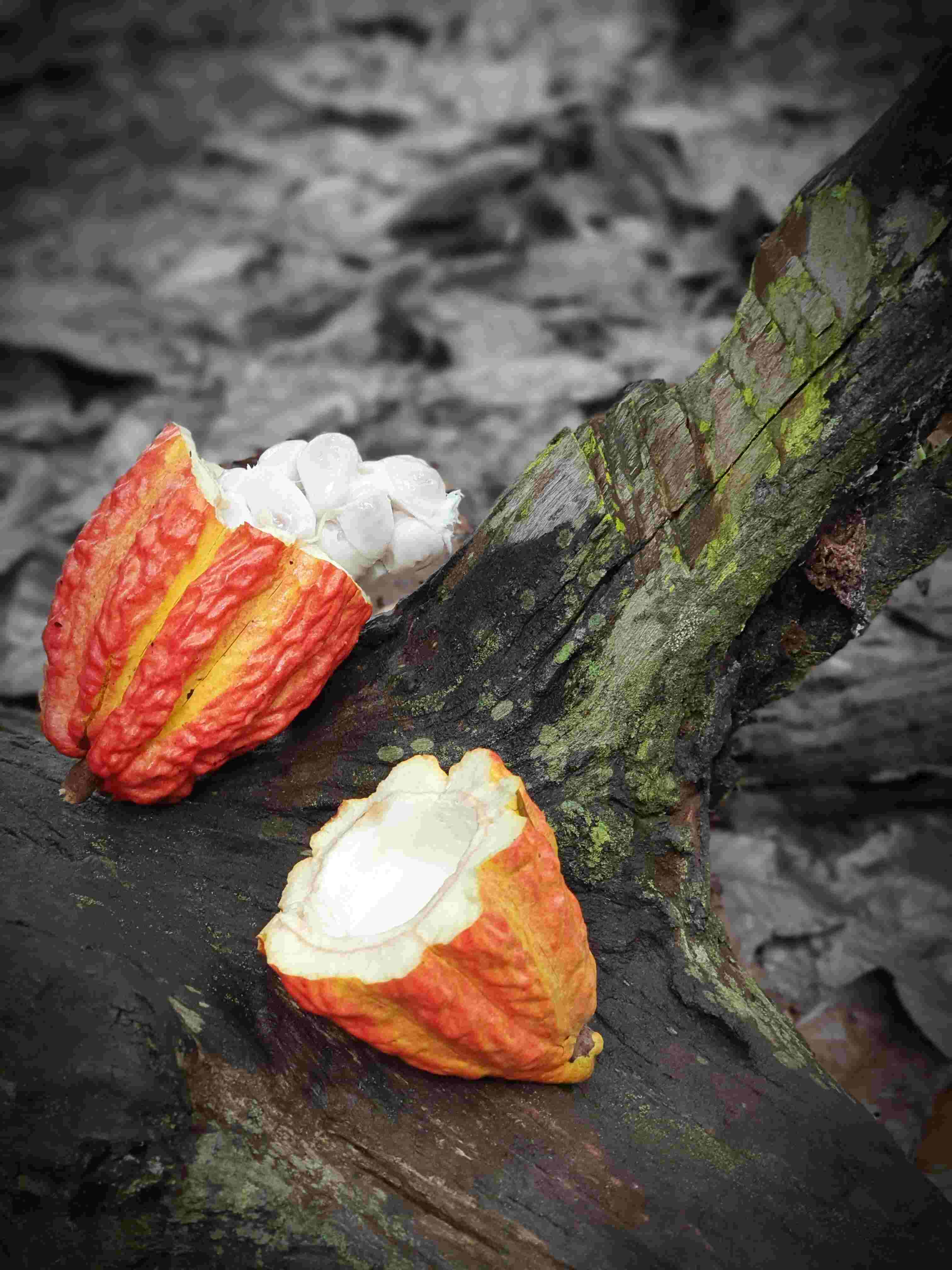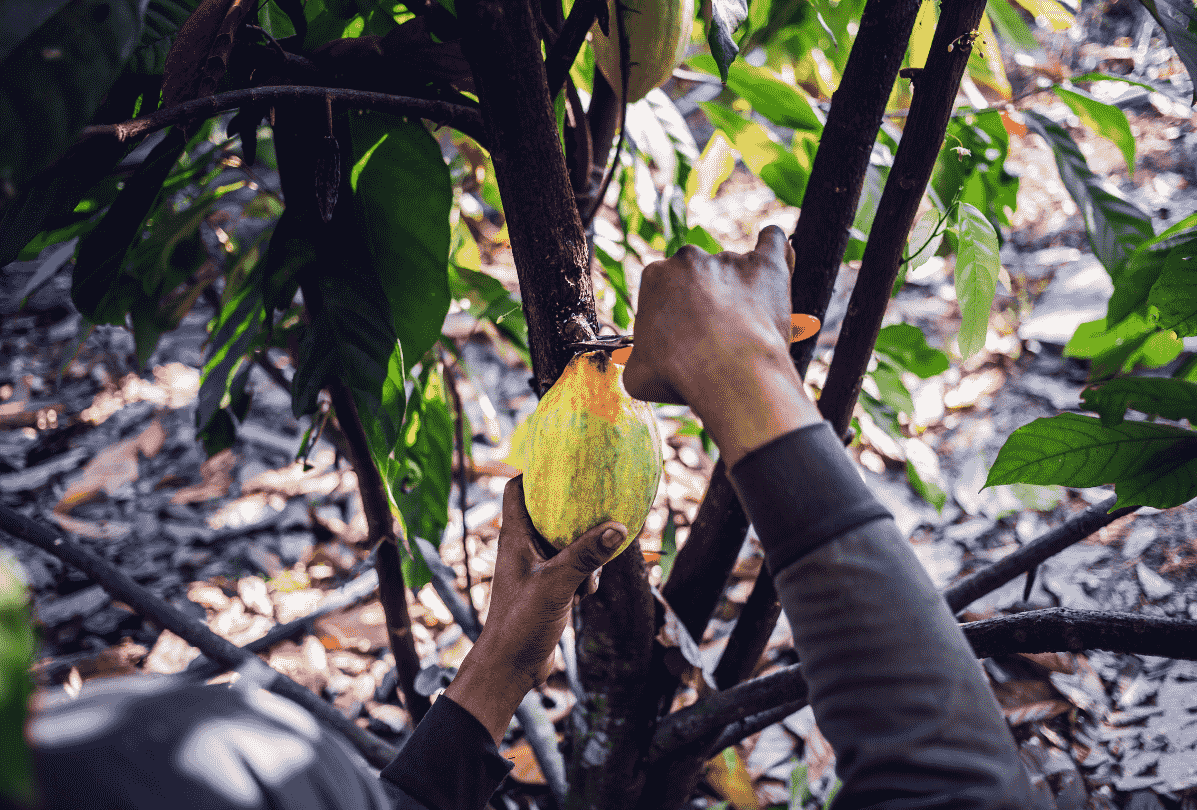Why Cocoa?
Article subtitle
Why PACE is working with Resonance to identify acupuncture points along the cocoa value chain.
Why PACE is working with Resonance to identify acupuncture points along the cocoa value chain.
Introduction
Cocoa is a high-potential value chain for research and action due to its significant rates of food loss (700,000 tons per year), and potential for increased efficiency and equity by way of circular practices. Circular interventions along the cocoa value chain have the potential to recapture valuable, useful resources lost during the cultivation and processing stages of this highly coveted fruit. Social and environmental sustainability may also be improved along the cocoa value chain thereby presenting significant benefits to people, nature, and the climate. PACE has partnered with Resonance to identify where the leverage potential lies in cocoa and where PACE can orchestrate change through established coalitions, pilots, and initiatives.
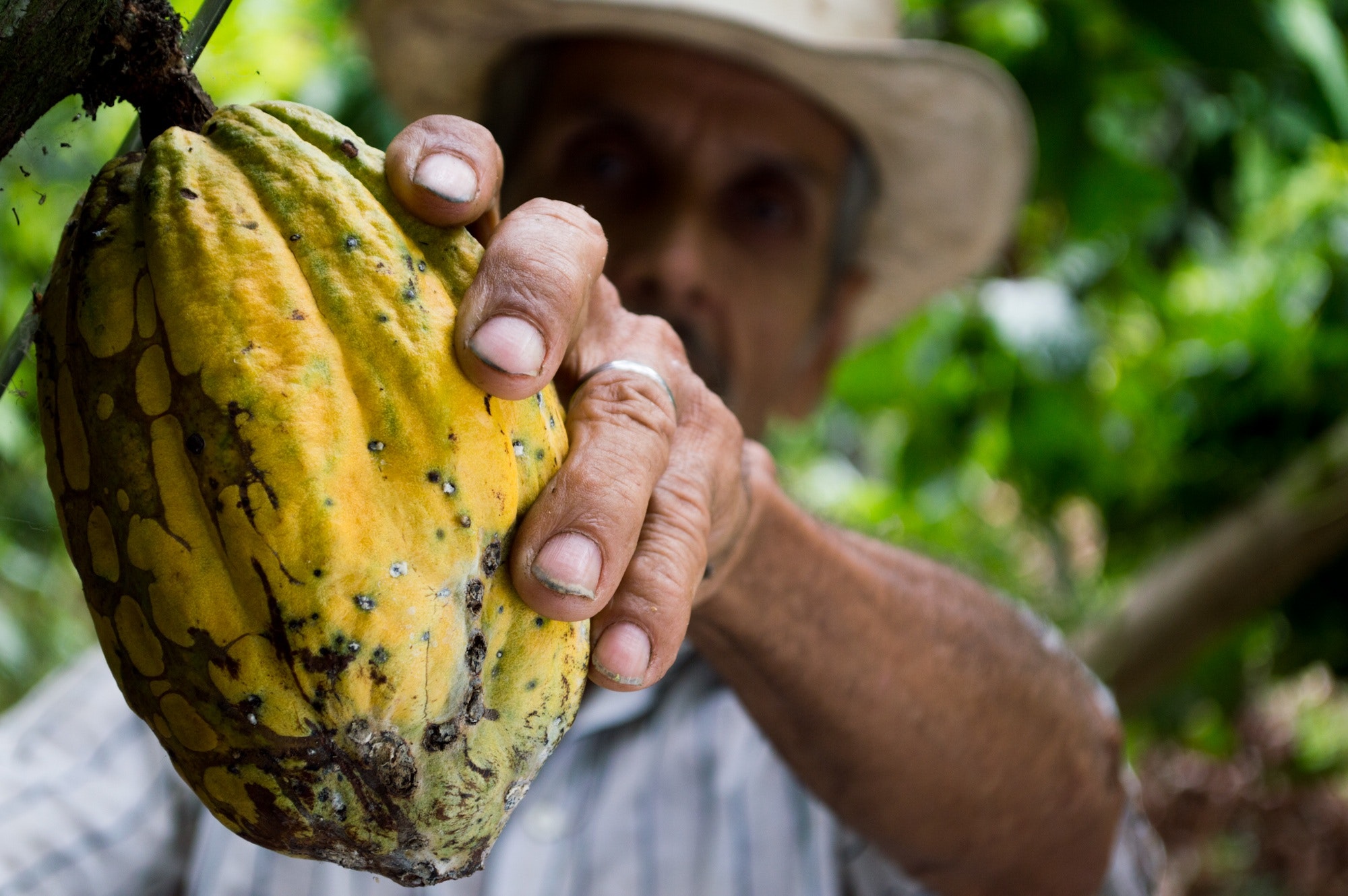
Context
One of the greatest threats to the sustainability of cocoa production is deforestation as a direct result of monoculture expansion. The cocoa value chain has driven deforestation in nearly every country where cacao is produced, as rainforests are cut down to make way for plantations. As an industry, the low yields per hectare necessitate further expansion and the continued growth of the import market is directly contributing to this as well as forest degradation, biodiversity loss, and high greenhouse gas (GHG) emissions (Wessel & Quist-Wessel, 2015; Gockowski & Sonwa, 2011). In Cote d’Ivoire, the world’s leading exporter of cocoa, the rate at which deforestation is accelerating to make further room for cocoa plantations will likely result in the total loss of its forest cover by as soon as 2034. Deforestation is coupled with the slash-and-burn technique that is often used in monoculture farming, where farmers decide to abandon the current fertile land and move to a new one, burning any remaining vegetation. Increasing global demand for chocolate, coupled with decreasing cocoa prices, has put pressure on farmers to continue to clear land to plant cacao – as opposed to using agroforestry systems, in which cacao is planted under shade trees, increasing carbon capture and biodiversity conservation.
Cocoa is primarily grown by smallholder farmers on 2-5 hectare plots of land. Of the 5-6 million estimated farmers globally, the vast majority typically do not have the financial capacity or access needed to invest in long-term yield improvements. This also results in a substantial portion of valuable resources being lost. But what are these resources and how might they be utilized?
By-products of cacao pods
Once the raw cacao beans (grains) have been extracted from the pod the rest of the fruit is commonly discarded. These byproducts make up the majority weight of the fruit with the external pod husk weighing over 75% of the total pod weight.
The main four categories of cacao pod by-products are:
- Pod husks
- Pod ash
- Pulp
- Bean shells
Pod husks (when correctly treated) can be used as a viable alternative to animal feed, compost, and electricity generation.
Pod ash can be used to manufacture fertilizers and African black soap (already a common global commodity).
Pulp (Mucilage or Baba) can be upcycled for food and beverage consumption due to its sweet taste.
Bean shells have high potential for a variety of applications if appropriately treated. Two such examples are weed suppression and cocoa flour (considered a sustainable super food).
Conclusion / What’s next
The cocoa value chain holds tremendous opportunity for integrating circularity, due to the many potential intervention points to transform both environmental sustainability and labor equity. Smallholder farmer livelihoods and household income can be improved by adopting circular practices that create new revenue streams using cocoa byproducts. Vietnam’s Bean to Bar project serves as a leading example of a mission driving cocoa farmers to prove the feasibility and business case for closed-loop and circular production.
PACE will be hosting a series of workshops to further develop our intervention along with our theory of change. These will help inform how to work with existing coalitions and initiatives and directly with smallholder farmers to ensure that recapturable resources are not lost.
